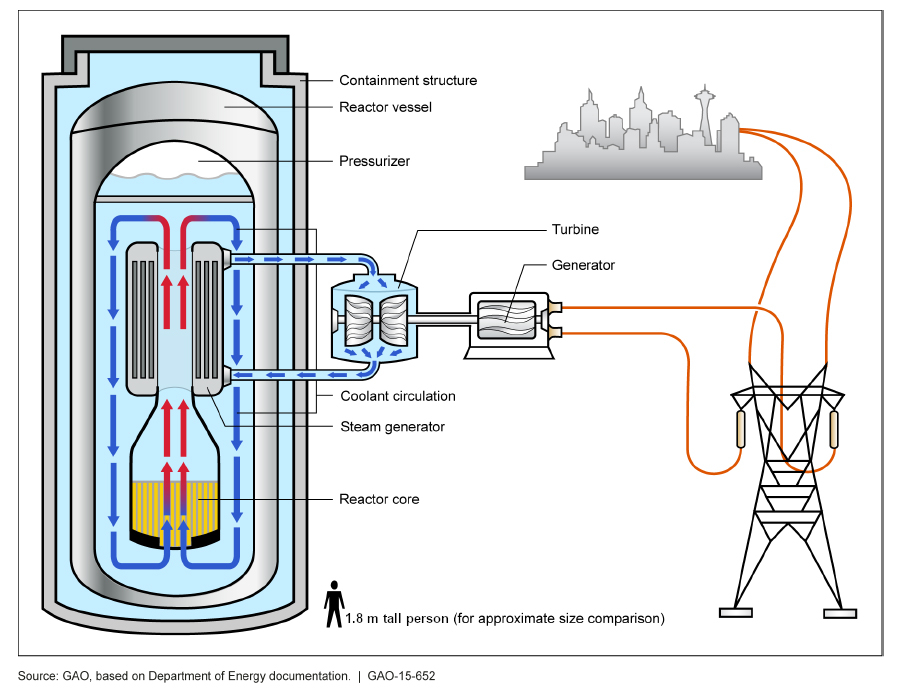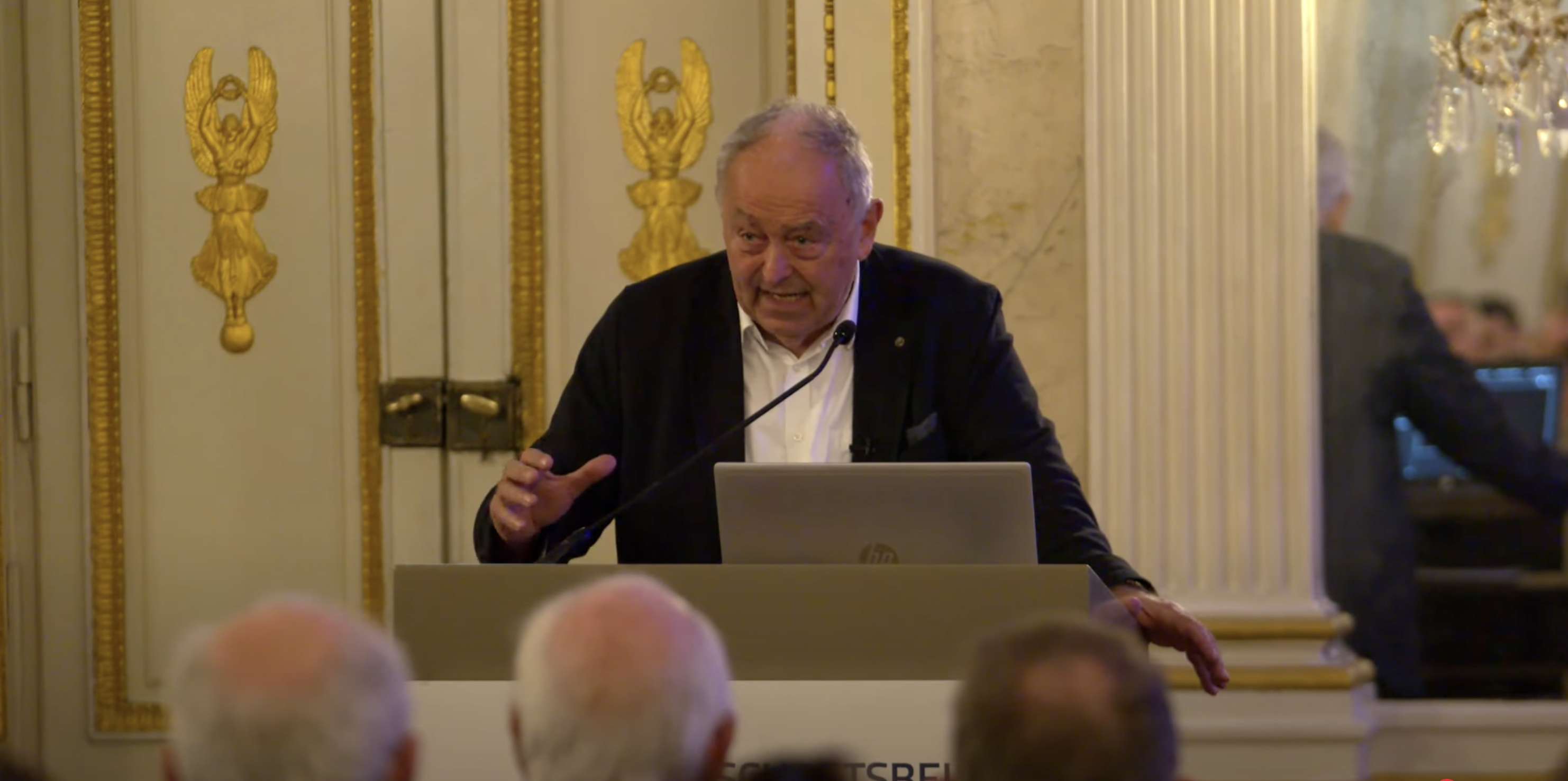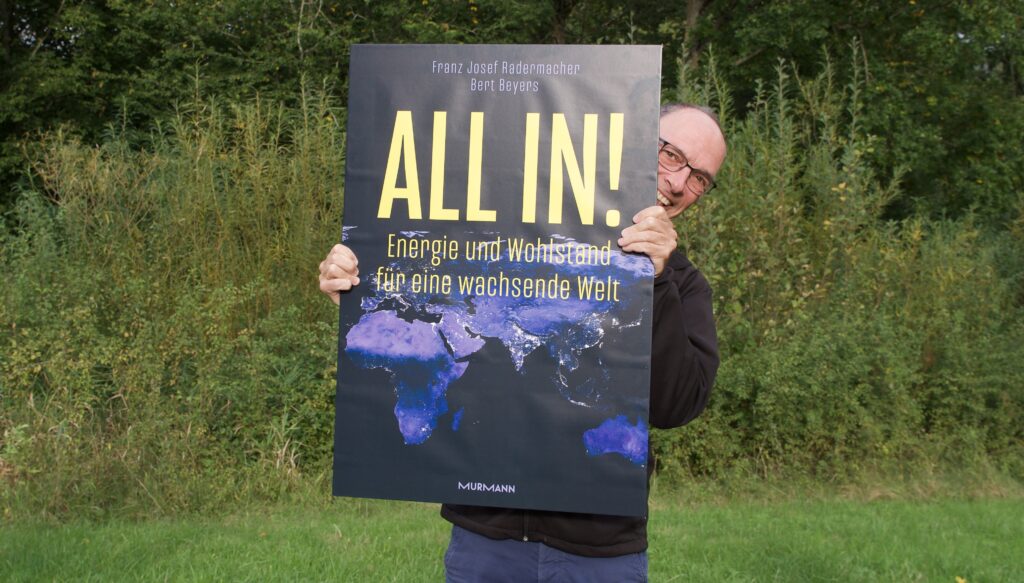At this point, some news of the last few weeks will be addressed which, from GES’ point of view, are reason for hope because they contain building blocks of a possible global solution and / or could help to develop a realistic view of the challenges ahead of us.
Germany will fall well short of its 2030 climate targets. The Expert Council on Climate Change criticises the Federal Government’s policies, especially in the areas of transport and buildings. In the optimistic scenario, the “emissions gap” will be 194.5 million tonnes of CO2 by 2030, in the pessimistic even 331 million.
The production of green hydrogen in Germany will not be economically viable. This is the result of a study by the Fraunhofer Institute for Systems and Innovation Research. From a cost perspective, no electrolysis capacity is likely to be created in Germany by 2050. According to the national hydrogen strategy, electrolysers with a capacity of ten gigawatts are to be built in Germany by 2030.
“The European hydrogen strategy is in danger of failing“. This is what Monika Griefahn, Chair of the Board of the E-Fuel Alliance, writes. The current regulation in the EU leads to only one tenth of the hydrogen strategy’s goals being achieved. By 2030, 80 gigawatts of electrolysis capacity should be installed: 40 gigawatts within the EU and 40 gigawatts outside for export to the EU. Griefahn criticises the Renewable Energy Directives (RED) in particular.
Siemens Energy with big problems. In the current fiscal year 2022-23, the company will make a loss of 4.5 billion euros. The reasons are costs getting out of hand at the Spanish wind power subsidiary Gamesa and damage to wind turbine rotor blades.
Many promises – few tangible results. At the Amazon Summit in Bélem, Brazil, the countries bordering the rainforest met. Bolivia, Brazil, Colombia, Ecuador, Guyana, Peru, Suriname and Venezuela adopted 113 common goals. However, concrete deforestation targets are left up to each country. Brazil’s President Luiz Inácio Lula initiated the meeting and wants to completely stop deforestation in his own country by 2030. The Latin American countries were also unable to agree on curbing the extraction of coal, gas and oil in the Amazon region. However, they demand financial support from the rich countries to preserve the rainforest.
Obviously, it is mainly economic interests that lead to the loss of the rainforest. In addition to the extraction of oil and gas, these include timber and agriculture and the partly illegal extraction of gold. GES proposes a simple procedure on how to raise the necessary funds in a pragmatic way: Rich countries (the so-called extended OECD) have to pay for the ecosystem services of the rainforest and pay an amount per hectare of forest preserved. Payment is made year after year, but only if the project is successful. The basis for this are satellite images.
At the meeting of the BRICS countries in Johannesburg, Brazil, China, India, Russia, South Africa spoke out in favour of hydrogen production with “no or low emissions”. Six new members (Egypt, Ethiopia, Argentina, Iran, Saudi Arabia and the United Arab Emirates) are to join the BRICS group early next year.
Sweden wants to expand nuclear power considerably. There are currently three nuclear power plants with six reactors in the northern European country. The Swedish government now wants to build ten more reactors in the next few years.
The largest floating offshore wind farm has been opened in Norway. This means that the turbines are not firmly anchored in the seabed. They are to supply five oil and gas platforms in the North Sea with electricity. According to the operator, 200,000 tonnes of CO2 will be saved annually
In the Netherlands, the green light has now been given for the storage of CO2 in empty gas fields under the North Sea. The field is part of the Porthos project (Port of Rotterdam CO2 Transport Hub and Offshore Storage). CO2 produced in the port will be pumped to the gas fields via a pipeline. The project involves 2.5 million tonnes of CO2 per year.
Technology group Andritz has delivered its first carbon capture pilot plant to the steel industry – for the blast furnace at voestalpine’s steelworks in Linz. The CO2 is filled into large industrial gas cylinders. It goes to an Austrian energy storage company to reuse the CO2 in steel production.
A new type of geothermal power plant is being built south of Munich. Horizontal pipes are drilled into the rock at a depth of 4,500 metres. Then water is injected. It heats up to 120 degrees in the depths. This will generate 8.2 megawatts of base-load electricity and 64 megawatts of thermal energy. The technology comes from the Canadian company Eaver Technologies.




